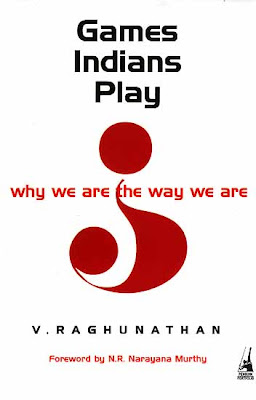BOOK REVIEW: Silicon Valley Greats
 Author: SS Kshatriy
Author: SS Kshatriy Price: 180 INR
ISBN: 81-259-1459-5
When I visited
Thanks to Nehru’s socialistic democracy, bulk of highly educated (mainly from IITs) engineers migrated to the
In his book ‘Silicon Valley Greats’, author Kshatriy met some of these ‘rags–to-riches’ Entrepreneurs, compiled their profiles in a good way. Starting with K.B.Chandrasekhar (co-founder of Exodus communications), the author presents the profiles of B.V. Jagdeesh (co-founder of Exodus), Kanwal Reiki (founder of TiE), Sabeer Bhatia (hotmail) and also domestic Entrepreneurs like Pradeep Kar (founder of Microland), Narayana Murthy (Infosys). All these people come from a middle-class background and migrated to
At an outset the author compiled their profiles to answer questions like: What made them successful Entrepreneurs? How did they build their companies? How did they raise money for their venture? What drives them to contribute back to
However at some of the chapters I found pretty lengthy as it was getting too much into their family and background information. It could have been more concise and brief. Also the shape of the book was bit odd and bulky. The publisher (Vikas publishing) could have taken more care while designing. Especially for bedroom readers (like me) it’s pretty hard to hold it and read.
In conclusion, I found this book is a good read technology professionals who are aspiring Entrepreneurs. I very much plants ‘positive’ and ‘progressive’ thought process in that direction.

Comments
Success story books should also have atleast 1 chapter on failures!
-Shobhit
http://invest-n-trade.blogspot.com/